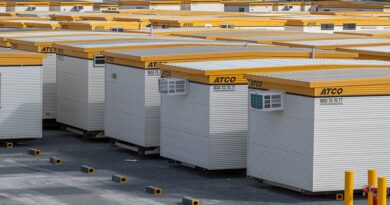HIA Response to Melbourne 2030 Audit
HIA notes the introduction of Development Assessment Committees (DAC) and is hopeful that this new model will, as intended, lead to a much needed increase in the approval of residential construction around Activity Centres.
Clarification is required as to exactly which matters the DAC will consider under the criteria of ‘matters of metropolitan significance’.
HIA holds reservations about the process by which State Government and Local Government agree on the selection of the ‘independent chair’ on each DAC. HIA is concerned that the chair will be truly ‘independent’ and not simply a further Local Government appointment.
HIA welcomes the State Government’s commitment to set specific Household Growth Requirement targets for municipalities, and welcomes any such policies that add tangible goals to the vague objectives contained in the original Melbourne 2030 strategy.
HIA does not agree with the assertion that Melbourne 2030’s land supply policy is to the benefit of housing affordability. The Urban Growth Boundary (UGB) is a blunt planning tool, preventing a competitive land market, and HIA does not support the recommendation to maintain the UGB “for at least the next 5 years, unless compelling circumstances arise”, particularly given the failure to provide home buyers with affordable housing alternatives in Activity Centres in established suburbs.
HIA notes the recommendation to investigate the use of ‘inclusionary zoning’ and restates its opposition to such quotas in private developments on private land, as it results in a reduction in affordability for those households that are required to subsidise neighbouring households.
‘Inclusionary Zoning’ requires individuals and private home buyers to fund remedies to the housing affordability problems that have been exacerbated by government taxes, charges and over-regulation.







